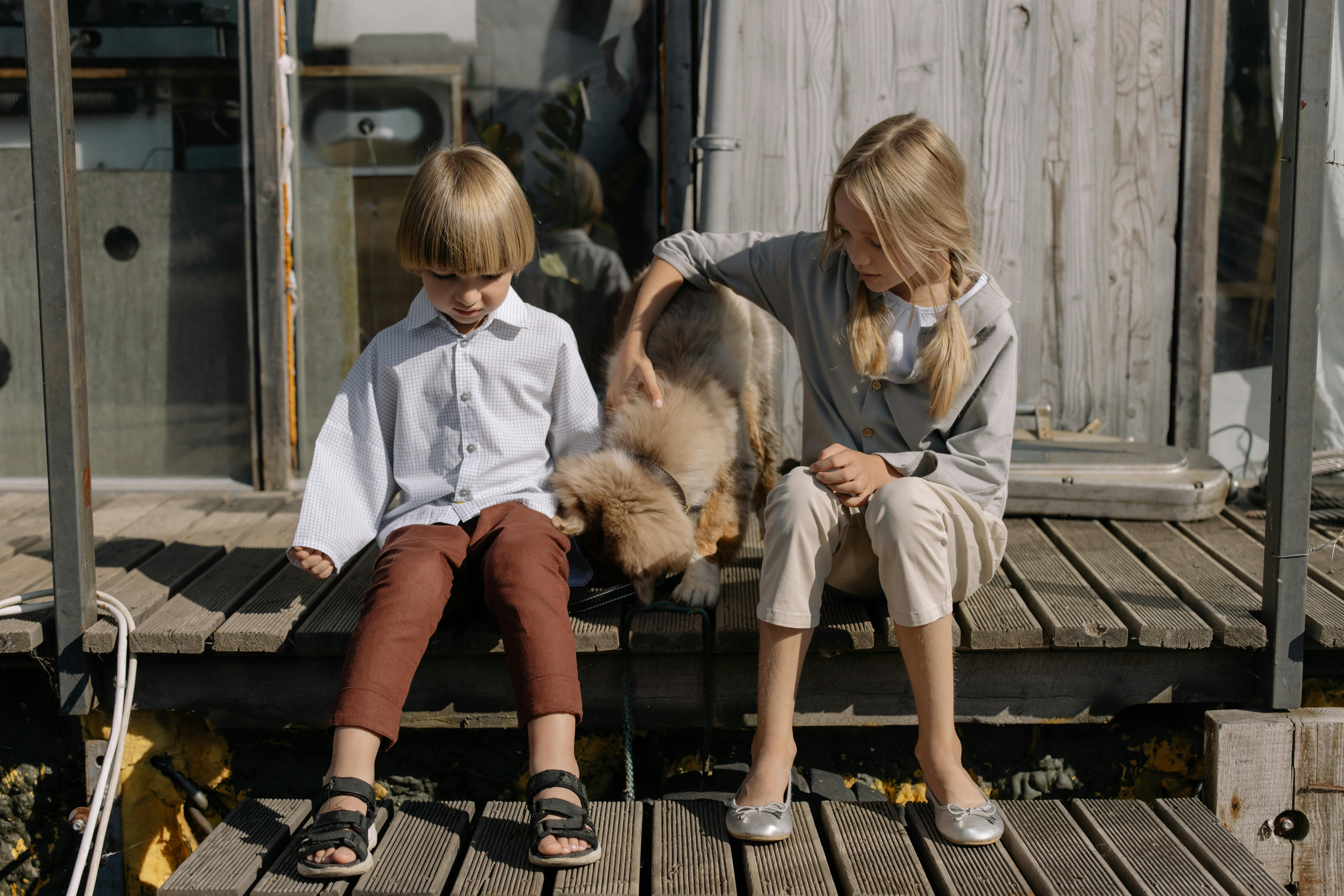Dog barking is a very common behavioral problem that causes pet owners great pain. It irritates neighbors, drives away the postman, causes neighborhood disturbances and sometimes lawsuits. In this article, you will learn why dogs bark and the causes of inappropriate barking. You will discover why debarking surgery is never recommended and is considered unethical. I will advise you on what not to do, then you will find the most important solutions to quickly stop your dog’s barking at home.
Barking is completely normal behavior; great for communication, surveillance and dog protection, but a big problem when too much happens. Finding the cause of excessive barking is key, as we can also focus on this to help eliminate the barking problem. Some of the common reasons for dog barking: playing games, giving a warning, out of anxiety or fear, in response to the doorbell, to keep visitors on your property, or in some cases simply out of boredom. Some dogs will bark in confined spaces (ie a kennel), be outside in response to other dogs, or simply in response to ambient noise (ie cars, people talking, etc.).
Barking or ventriculochordectomy is a veterinary procedure in which the dog’s vocal cords are surgically removed. The procedure is prohibited as a form of mutilation in the UK and in all countries that have signed the European Convention for the Protection of Companion Animals. Surgery carries risks, such as anesthesia, excessive bleeding, secondary infections, and proliferation of scar tissue that obstructs the airways. Dogs communicate by barking and this procedure deprives them of this basic means of expression. I fully agree with the European ban on debarking surgery and advise you never to consider this unethical procedure as an option for your dog.
So what should you not do that most people do?
First stop yelling at your dog to ‘stop barking’ or ‘be quiet’; in fact, this can lead to more barking. Your dog is receiving attention when he barks, and some dogs find this attention better than none. Shock collars are painful and can actually make your dog more aggressive towards the person or another dog that he is barking at. Don’t give your dog positive attention immediately after barking, such as saying “good dog” when he finally arrives after calling him 10 times.
So what works to stop your dog from barking?
The most important way to start is to get back to the basics of dog training and teach your dog to come when called. Start when you can almost guarantee your dog will come, not when he is barking. Start anywhere with no other distractions and use delicious snacks as a positive reward. Always make sure you are given a positive reward every time your dog comes when called, never anything negative. If your dog runs after a barking neighbor and he doesn’t come, go find him instead of calling him to come over at first. You want to set him up so that every time he calls, he comes in and then is rewarded with positive attention, cuddling, and a treat.
The next step in using stop-barking training is to call your dog over when he is barking. When he comes, give him positive attention and a treat; you want to pet him, which will reduce his anxiety, lowering his adrenaline, which is part of the cause of the barking. Hold the call pattern, come on, congratulate him, give him a treat, and constantly pet him whenever he wants to stop barking.
Keep your dog away from places where he barks; in other words, set it up for success. If your dog is constantly barking when you leave him outside, avoid these triggers by keeping him indoors, especially while he is retraining. If the barking is in response to the doorbell, remove it. Make it a priority not to let your dog constantly bark while outside, and if the command to come when called doesn’t work, immediately bring your dog inside.
Proper exercise is one of the great keys to solving many canine behavior problems; This gives your dog purpose and allows him to better regulate his own emotions. Incorporate the training command to come when called while walking, and make it a priority to exercise your dog for at least 30 minutes twice a day. Get them to recover or run, as this elevated heart rate helps produce the calming and sedative hormones that can lead to less barking.
Bark spray collars, such as the Citronella Spray Collar, can be helpful if your dog is resistant to training and is outside unsupervised for short periods of time (and still barks). The collar emits a non-toxic citronella mist in response to the barking noise and causes most dogs to stop immediately. Some of the problem dogs in the animal shelter adjacent to my veterinary practice responded well to the citronella collar; he stopped his barking at the grumpy neighbor, and did not make them in any way aggressive (except, of course, towards that grumpy neighbor).
A type of therapeutic touch, called Tellington Touch can help your barking dog. The most effective area is the ear. Gently hold the earmuff between your thumb and forefinger. Rub gently from the base of the ear to the tip of the ear; Repeat the movement several times covering different sections of the ear. Use the same fingers to draw small circles at the base of the ear. Try both techniques with your dog when he is calm. If he reacts well, try it the next time he barks.
There are several over-the-counter anti-anxiety supplements. The most popular is one called Calm Pet, which contains melatonin, kava kava, St. John’s wort, valerian, and chamomile. Use as directed on the label. Bach Rescue Remedy is a very safe alternative medication that can calm your anxious pet. Put 4 drops on your pet’s gums before leaving.
Dog barking can really be controlled, especially when you understand why your dog is barking. The causes are varied, but ultimately you must accept that it is a normal form of communication for dogs; your dog only needs to bark when appropriate. Barking or ventriculochordectomy is an outdated and unethical veterinary surgery that can cause harm and should never be considered as an option. Get back to basic training, starting with teaching your dog to come when called. Consider using a citronella spray collar if your dog is outside unsupervised, then consider trying some of the holistic anti-bark options in conjunction with training.




Recent Comments